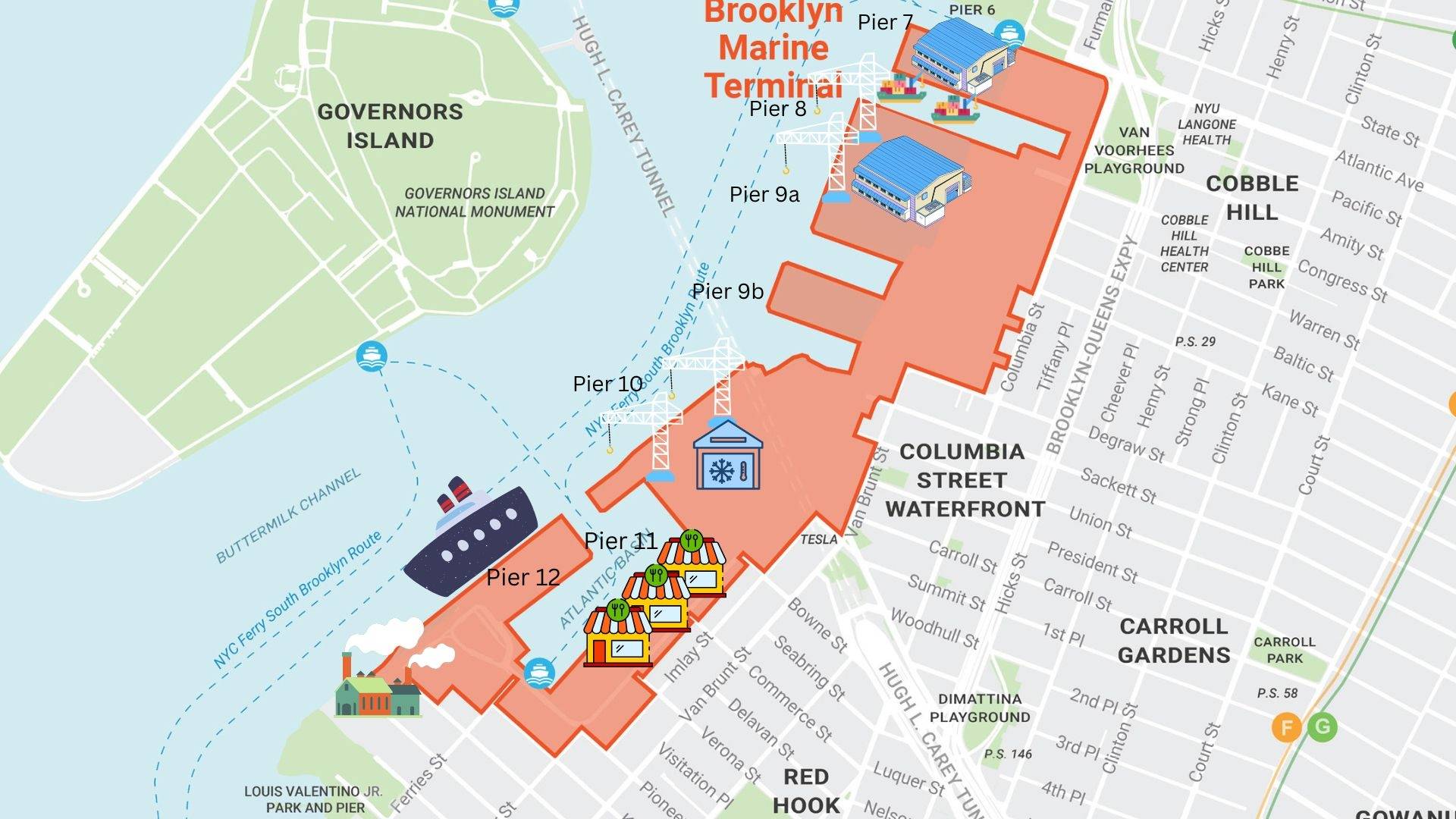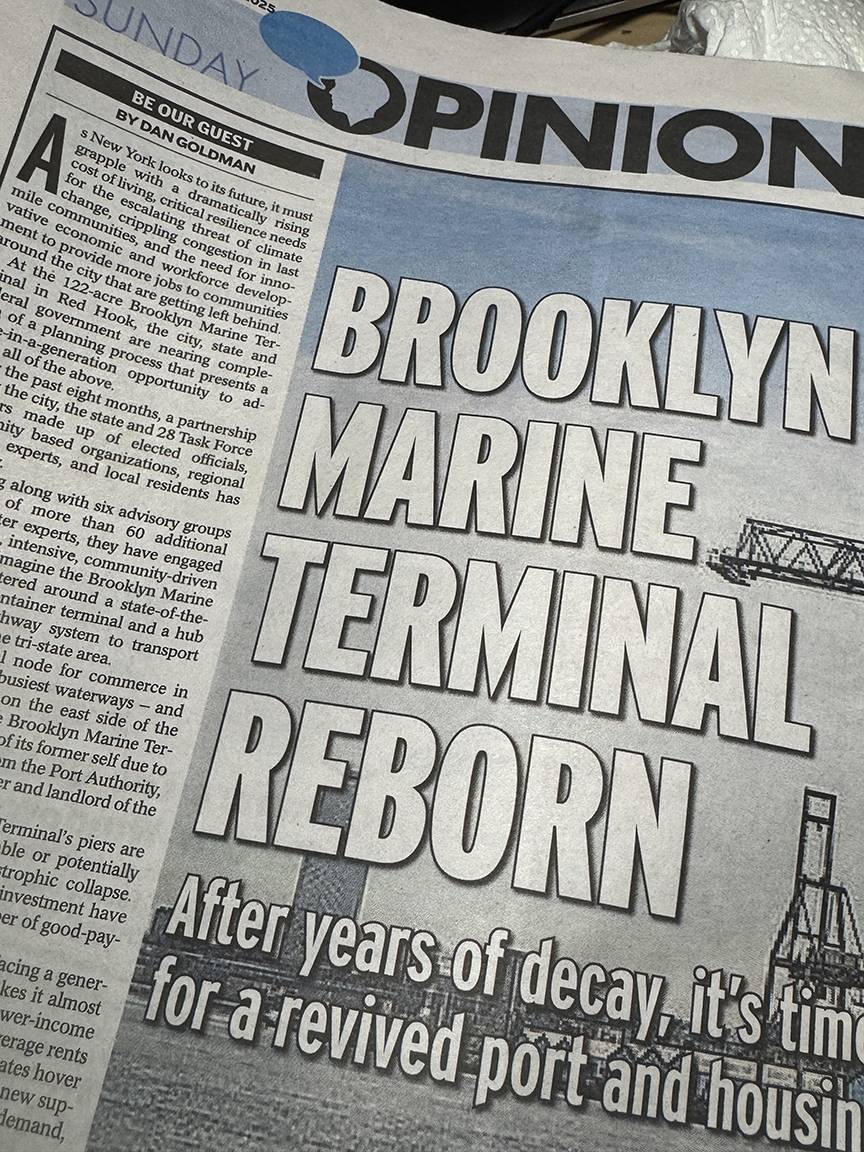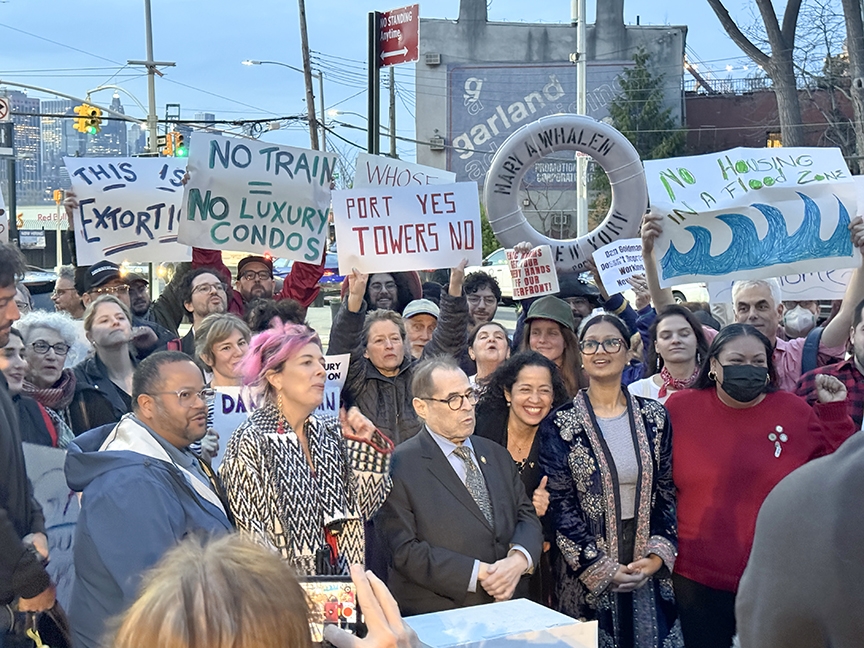This article was originally published on Jan 13 at 10:29pm EST by THE CITY
New Yorkers in dire need want city food deliveries expanded and prefer items they can cook themselves, according to a survey commissioned by City Hall.
The 2020 poll, obtained by THE CITY, found a severe demand for emergency food drop-offs, with 79% of the respondents reporting living below the federal poverty line and 68% describing themselves as medically vulnerable. Three-quarters of respondents said their ability to afford food has significantly decreased due to the pandemic.
Slightly more than half said the meals they received through the city’s GetFood program were their only source of food.
“It reinforces everything we’ve seen,” said Joel Berg, CEO of Hunger Free America, a nonprofit that was not involved in the study. “There’s a combination of economic problems and physical access problems that have exacerbated hunger during the pandemic.”
The city contracted Boston Consulting Group to conduct the poll, which was completed in September. THE CITY obtained the document via a Freedom of Information Law request.
The global consulting firm made 13,385 calls between Aug. 18 and Sept. 4, 2020 to people getting meals from the city’s pandemic response GetFood NYC program. Only 878 calls resulted in usable responses, according to the survey.
‘More Needs to be Done’
Even though the city says the demand for emergency meals has slowed since summer, advocates contend the massive job losses spurred by the pandemic point to an ongoing need for food.
–>
An estimated 1.6 million New Yorkers are food insecure, compared to 1.2 million before the coronavirus crisis, according to the city, which calculated the figure based on unemployment claims and new Supplemental Nutrition Assistance Program (SNAP) applications.
City Harvest reports that food delivered to its 400 pantries jumped 83% last year compared with 2019. This year, the nonprofit expects to deliver 118 million pounds of food by June.
“I think it does show that more needs to be done,” said Berg, noting the latest federal stimulus package includes $13 billion in added benefits for the Supplemental Nutrition Assistance Program and other food programs.
Michael Appleton/Mayoral Photography OfficeBoxes of food at the Kingsbridge Armory, April 18, 2020.
“We focus first, and foremost, on the federal government,” he said. “Because they can print money when the city and state can’t. This really is a national tragedy.”
Overall, the survey found 75% of respondents rated the food from the city as good or excellent and only 3% said it was poor.
“The program seems to be reaching a high proportion of isolated, medically vulnerable New York City residents and most users seem satisfied,” said Nick Freudenberg, director of the CUNY Urban Food Policy Institute.
But he noted the survey does not address what proportion of people in need are being reached by the program. “This was not the purpose of the study but it is a critical question,” he added.
The survey revealed that 81% of the non-senior respondents have a “strong preference” for grocery boxes instead of prepared meals. A similar percentage of seniors said they need 10 rather than five meals each week from the senior feeding program, which existed before the pandemic.
The city is trying to make it easier for people to use their SNAP benefits to order boxes of produce from GrowNYC, according to Berg.
“It’s a mixed bag,” he said. “Having one size fits all is always problematic. Some people would surely prefer to make their own food. Some people are too busy or don’t have the storage space.”
A Million Meals a Week
Initially, pantry boxes with produce and dry goods were being offered by the city, said Joshua Goodman, a spokesperson for the city’s Sanitation Department, the agency in charge of the food program. Now, the federal government mandates that the city only serve prepared meals.
“Our current contracts that were solicited for FEMA purposes are limited to prepared meals only for emergency home food delivery,” he said.
THE CITY reported in September on how the de Blasio administration is also boosting its stockpile of boxed food through the Pandemic Food Reserve Emergency Distribution.
As for the survey, respondents indicated a strong desire for “culturally-competent” meals. The city has since added options for Latin and Asian meals, in addition to kosher, halal, and vegetarian options, which have always been part of the program.
Goodman cautioned that the survey is four months old and “demand has come down considerably” since it was conducted.
At the height of the pandemic in the spring and summer, the city was delivering close to one million meals per day. That number has dropped to around one million per week, according to Goodman.
“Each bit of data is a snapshot in time but there’s no reason to believe things have gotten better since their data was collected, unfortunately,” said Berg.
THE CITY reported in August that the de Blasio administration began to demand needy senior citizens and homebound New Yorkers re-register for home food deliveries every two weeks, up from once a month.
Critics of the move enacted on July 16 say it resulted in an untold number of seniors, many of whom are technology averse, falling out of the program.
“That operational decision was made based on other parts of the survey showing the level of need, in order to get the program to a place of long-term sustainability, considering how many people rely on it,” Goodman said.
People requesting home-delivered food can call 311 or go online to register.
THE CITY is an independent, nonprofit news outlet dedicated to hard-hitting reporting that serves the people of New York.











2 Comments
Pingback: Brak bezpieczeństwa żywnościowego Nowojorczycy szukają większej liczby dostaw żywności poza miasto, autor: Nathan Weiser - The Red Hook Star Revue – Gastrokracja
Pingback: Food-Insecure New Yorkers Seek More Meal Deliveries From City, by Nathan Weiser - The Red Hook Star-Revue — Ex-Fat. You can become SLIM !